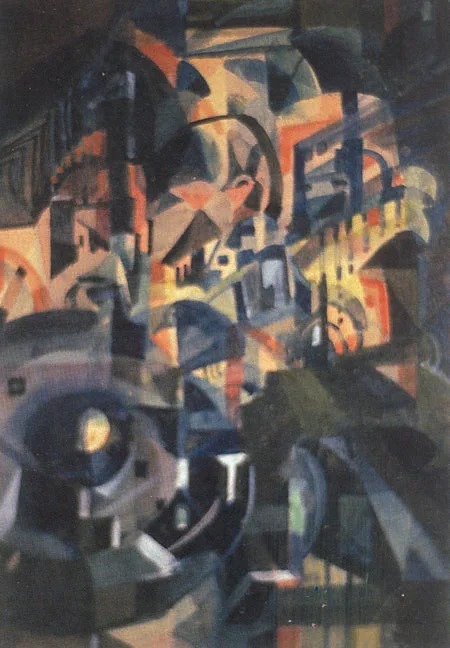![]() 22 Dec 2023
22 Dec 2023
In the 19th century, British colonial perceptions labeled fine arts as European and questioned the artistic sensibilities of Indians. Art schools were established in major Indian cities, promoting traditional crafts and Victorian-influenced academic art. The Bengal School of Art, nurtured by Abanindranath Tagore and E.B. Havell, emerged as a prime example of nationalist art against this colonial bias.
Modern Indian Art: Evolution, Nationalist Roots, and Contemporary Diversity
Modern Indian Art: Fusion of Global Influence and Nationalistic Roots



<div class="new-fform">
</div>